Planes, Paintings, Pyrotechnics
This post chronicles the events of two full days, in which we visited two art museums and watched the festivities for La Fete National, the French national holiday also known as Bastille Day.
Day 1: Musée Marmottan-Monet, Bastille Day
Starting with yesterday, we woke up at around ten in the morning to watch the Défile, a parade down the Champs-Elysees featuring the French armed forces. Both the presidents of France and the United States were in attendance.
While the troops march down the avenue, the French Air Force demonstration team flies above. We watched it all from our 30th-floor apartment’s balcony.
After watching the flyover, we headed to Musée Marmottan-Monet, a small privately owned museum that houses some of Claude Monet’s most famous works. Photography was forbidden inside the museum, but it was pretty cool seeing so many great artworks.
After returning home, we played Uno and Monopoly until 11:00, when the Bastille Day fireworks show began. There are a bunch of different shows all around the Paris area, but the main one takes place in the center of the city.
The entire Eiffel Tower closes and becomes a giant fireworks launch platform. The thirty-minute show was the most spectacular fireworks show I have ever seen.
Incredible.
Also, our suburb of Puteaux put on a pretty impressive show as well. They actually launched them from a plaza in the middle of a complex of high-rise apartment buildings.
_-_-_-_-_-_-_-_-_-_-_-_-_-_-_-_-_-_-_-_-_-_-_-_-_-_-_-_-_-_-_-_-_-_-_-_-_-_-_-_-_-_-_-_-_-_-_-_-_-_-_-_-_
Day 2: Musee D’Orsay, Arc de Triomphe, Our Last Day
Today, we decided to visit Musee d’Orsay, a huge art museum housed in a converted Victorian train station and dedicated primarily to Impressionist and Post-Impressionist art. Works by Cezanne, Degas, Monet, and Van Gogh are all housed here. Here are some of the highlights:
The main hall of the museum.
One of Van Gogh’s Starry Night paintings.
One of Monet’s Waterlilies.
Cows by a Neo-Impressionist painter (early 20th century).
Musee d’Orsay was impressive in more ways than one: the architecture, the size and scope of the collection, and the quality of the artworks within. After we visited the museum, we rode the Metro to Place Charles de Gaulle-Etoile, which houses the Arc de Triomphe.
Built by Napoleon I to commemorate a military victory, the arch is one of Paris’ most recognizable landmarks. It is possible to visit the top of it, but the lines were too long for us to do so. We do have some nice photographs from the base, however:
After getting crepes at a streetside cafe,
we rode the Metro home.
Unfortunately, this marks the end of our trip. Tomorrow, we fly back to Philadelphia from Charles de Gaulle Airport. To everyone who has read my blog this year, I thank you for taking the time to read about some kid on another continent describe his daily experiences.
Thank you, and goodbye (for now.)
- Hayden M. Strong
TGV, Towers, Tunnels
I must admit, before today’s trip, I had absolutely no idea what Luxembourg’s attractions were or even what it looked like.
Following our visit, I can say I was very pleasantly surprised.
Our visit started early today. We rode the Métro to Paris-Gare du L’Est station where we boarded a French TGV (Train de Gran Vitesse) train to Luxembourg. When we arrived, we first went to the tourist information center, something we generally avoid, but in this case it was necessary since we had no tour guide and no idea what to see and do while we were there.
Our first stop was the Cathedral de Notre-Dame de Luxembourg, slightly less well-known than the Parisian cathedral that bears the same name. The cathedral is beautiful, with soaring ceilings and maginificent stained-glass windows. Beneath the church is the crypt, which houses the tombs of several members of the royal family.
The City of Luxembourg was founded in 973 AD and centered around a powerful fortress, once nicknamed the “Gibraltar of the North.” In addition to the towers and gates, the fortress also housed an immense network of casemates, or tunnels built directly in to the mountain fortifications of the fortress.
The fortress itself was destroyed in the 20th century, but the network of tunnels remains. At various times, they have been used for evacuation, storage, defense, and, during World War II, a bomb shelter. They are now open to visitors.
Luxembourg is divided into two parts: the Upper City or Centre, the newer (but still very old) section of the city, and the Lower City or Grund, which dates back to early medeival times. They are separated by huge, towering cliffs. The only way to get from one section to the other is via an elevator built into the rock.
Luxembourg is unique among old European cities because its town center is surrounded by magnificent natural beauty. Trees, vineyards, and canals surround the medieval-era dwellings and churches, all nestled within the confines of the towering cliffsides and the towers of the old fortress.
This old aqueduct, dating back to medieval times, has been converted into railroad tracks.
L’Eglise de St. Michel (The Church of St. Michael) overlooking the medieval town and canal.

Looking through the window of the fortress’ lower gatehouse at the old canal.
We didn’t visit many museums or monuments today, but the ambience of walking around Luxembourg was truly unique. Luxembourg’s unique look and feel is difficult to explain in text, so brace yourself for an onslaught of photographs.
Luxembourg’s airport is a major cargo hub for European freight carriers. The flight path for all incoming planes is directly over the old city. Here, the old and the new: a Cargolux 747 soars over the buildings of Luxembourg-Centre.
Houses perched atop the monolithic, soaring walls of the old fortress.
Vineyards built into the setbacks and contours of the city’s old walls.
Openings in the rock allow light and air into the casemates, while a guard tower stands sentry over the old city’s canal.
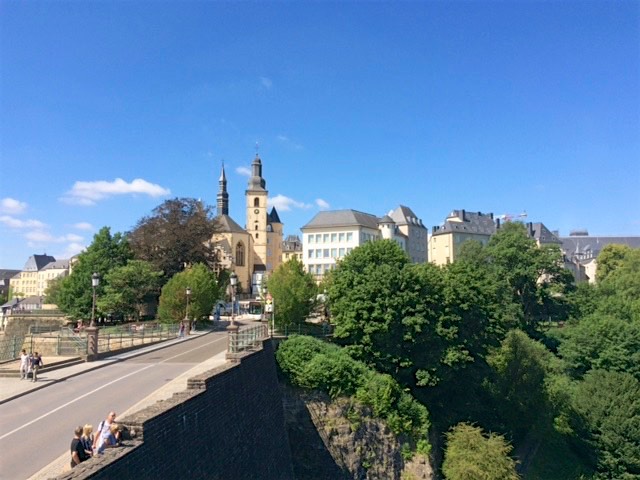
A bridge spanning the canyon housing the old city. This used to be the only entrance into the Upper City of Luxembourg.
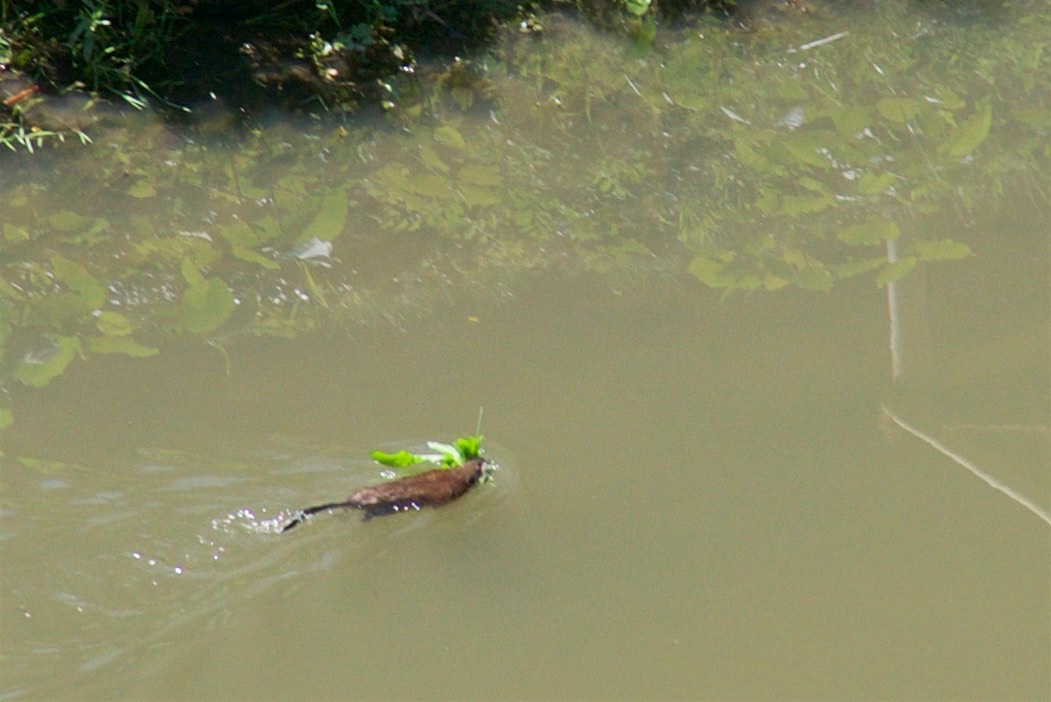
A beaver swims in the canal.
In the tunnels beneath the fortress.
Luxembourg was awesome! I loved the architecture, the natural beauty, the unique culture and ambience of the city. I hope someday I can come back and experience more of this amazing city.
- Hayden M. Strong
Gardens, Grandeur, Gold
We met our guide, Marie-Claire, at the Invalides Metro station today, and then took an RER train to today’s main attraction: Palais Royal du Versailles.
Versailles is one of the largest and most opulent palaces anywhere in the world. It was built by Louis the Fourteenth (the Sun King) because he no longer wished to live in the Louvre, the royal palace at the time. The complex includes the royal residence, but also a chapel, an opera house, and immense grounds with beautiful statuary and gardens.
The palace itself was the home of Louis XIV, XV and XVI, the last three kings of France. The enormous palace’s architecture and decoration draws heavily on Greek and Roman mythology and particularly on the myths of Hercules and Apollo, who Louis XIV often compared himself to. King Louis XIV chose Hercules because of his strength and demigod status, and Apollo because of his role as the sun god. Symbols of lions (a symbol of Hercules) and the sun, as well as the fleur-de-lis, the symbol of the French monarchy, are common.
This is the Room of Apollo, one of the King’s beautifully decorated rooms for entertainment.
This was the King’s ridiculously ornate bedroom.
And this is the Royal Chapel. The balcony level was exclusively for the royal family, while the nobles sat on the level below.
The most famous room in the palace is this chamber, the Hall of Mirrors. Interestingly, at the time of the palace’s construction, methods of making mirrors did not yet exist in France. So, Louis XIV sent spies to Italy, where mirrors had recently been invented, to steal their formula so French glassmakers could craft the room’s mirrors!
After touring the opulent interior of the palace, we exited to the grounds. The grounds feature acres of woods, pathways, canals, and even a small working farm, the pet project of Marie Antoinette, the last queen of France. Due to its size, it was impossible to see all of the grounds, but we were able to see parts of them.
The gardens are designed so that most of the features (groves, colonnades, statues, etc.) are not visible from the main paths, requiring visitors to explore and wander in order to see everything. The gardens are so immense that the king himself wrote a guidebook so that visiting nobles could fully experience them without getting lost!
An example of the palace’s symbolism. The crown and fleur-de-lis make it very clear that a king lives here. The sun icon signifies Louis XIV, who called himself the Sun King, and his involvement in the palace’s construction.
Louis XIV had an enormous ego. He compared himself to the Roman gods of old - and the sun itself! He commissioned large numbers of portraits of himself. And to prove just how great a king he was, he constructed one of the most ornate and most opulent palaces in the world.
Here’s a set of interesting facts about Versailles and King Louis XIV:
- King Louis XIV loved dogs! He had many dogs while he was king. He even comissioned portraits of them and ordered his chefs to prepare special pastries for his dogs.
- Many of Versailles’ features were inspired by Italian palaces. For example, the use of multiple types of marble in decoration and the use of mirrors were inspired by Louis’ trips to Italy.
- It was impossible to run the gardens’ water features all the time, so when the king entered the garden, a man would blow a whistle, letting the gardeners know they needed to turn the fountains on!
Versailles is an incredible place, almost beyond belief. Its sheer size and opulence speak to a bygone era and must truly be seen to be believed.
Next…Luxembourg!
- Hayden M. Strong
Métro, Mountains, Mickey
We began today by taking an RER commuter train to the village of Marne-la-Vallée, home of the DIsneyland Paris Resort. It marks the third time we’ve visited the resort, but for the first time ever, both Violet and myself are tall enough to ride all the attractions.
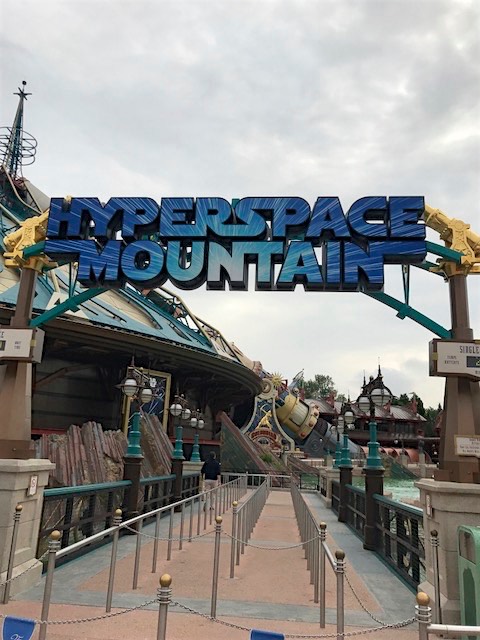
The resort has many rides that can’t be found anywhere else, and some of the rides that are in the U.S. parks are wildly different here. Case in point: Space Mountain.
In California and Florida, Space Mountain is a pretty mild indoor roller coaster with a touch of retro charm (both U.S. versions date back to the 1970s.) Here, it’s a much more intense launched coaster featuring three inversions and speeds approaching 55 miles per hour.
It also currently features a Star Wars overlay called Hyperspace Mountain, which was pretty cool.
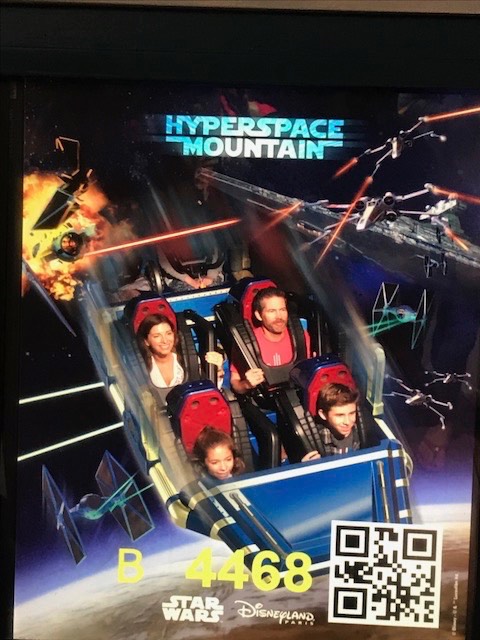
This was the first ride we visited and also the one I was most nervous about trying! It was the first time I’d ever gone on a roller coaster with a rocket start or loops of any kind. I admittedly had concerns before we rode, but it turned out to be pretty fun. Definitely intense - but fun.
We also rode Phantom Manor (the French Haunted Mansion, much spookier than the American versions!), Thunder Mountain (which we waited over ninety minutes for), Slinky Dog Spin, Buzz Lightyear, Ratatouille, Space Mountain again, and Rock n’ Roller Coaster (another looping roller coaster.)
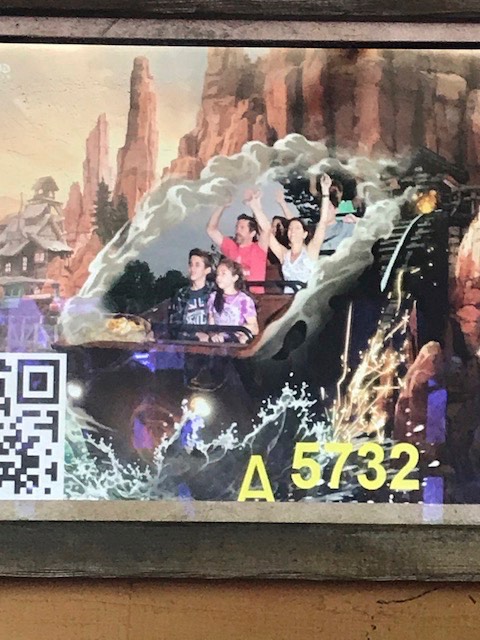
I was excited to go on Ratatouille because it’s one of the most technologically spohisticated rides on the planet (the ride vehicles are trackless, controlled by local positioning satellites), but it turned out to be a bit of a letdown. On the other hand, I’m glad I decided to try looping roller coasters for the first time.
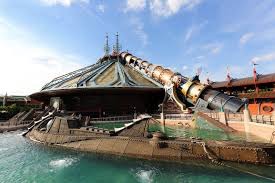
(This is Space Mountain. The “cannon” houses the vertical launch.)
Overall, a great day at Les Parcs Disneyland!
- Hayden M. Strong
(I apologize for the pixelation of some of the photos, this is because most of them were taken on our phones.)
RER, River, Relaxation
Following our quadrifecta of marathon days, we all agreed that the best activities for today were rest and relaxation.
After sleeping until 11:00 am, we decided to book tickets for an afternoon river cruise on the Seine. After eating lunch at a small Parisian café, we took the Métro down to the Pont-Neuf (New Bridge), actually the oldest bridge in the city, where the boat dock was located.
Our cruise was operated by Vedettes de Pont Neuf (vedette being French for a type of small boat) and consisted of a one-hour tour down Paris’ main river, the Seine, passing by many of Paris’ main landmarks, such as…
Notre-Dame, the world’s most famous cathedral.
La Tour D’Argent (The Silver Tower), the most prestigious restaurant in the city.
Musee D’Orsay, a museum dedicated to 19th-century and Impressionist art housed in a converted Victorian-era train station.
Tour Eiffel. (For more details regarding this structure, kindly visit the blog post entitled “Tours, Tower, Triangles”. That concludes this brief marketing message.)
A fake T-Rex skeleton perched atop a commercial boat dock along the Seine for some bizarre reason.
After our tour concluded, we took the Métro back to our apartment. The Métro trains that run on our line were manufactured by Alstom in the 2010s and feature interlinked carriages, indirect lighting, and foldable seating, and are also completely automated. The lack of a driver’s compartment means passengers can sit in the front of the train, allowing cool photos like this one.
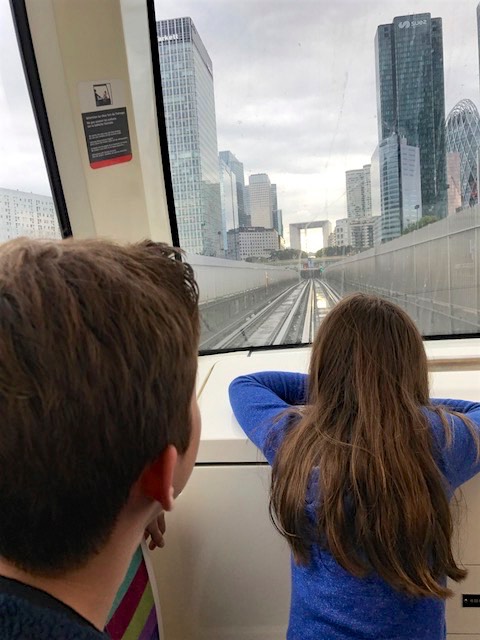
Tomorrow, we will visit an incredibly authentic, culturally enriching, traditionally French attraction: Disneyland Paris.
Farewell,
Hayden M. Strong
Amsterdam, Again
Today, following breakfast at our hotel, we took a taxi to the city’s center and admired the beautiful scenery.
At 2:30 exactly (we had timed tickets), we entered today’s main activity: the Anne Frank House.
No photography was allowed inside, and it would not do it justice anyway. It was a truly remarkable experience, emotional and saddening. Words and photographs alone cannot convey the history and the emotions one experiences while inside.
As I write this, we are onboard a Thalys high-speed train en route back to Paris. We have no big plans for tomorrow, so in all honesty I can say I have no idea what the content of tomorrow’s post will be. Ah, the suspense! You must be too excited for words.
Until next time,
Hayden M. Strong
Railroads, Rivers, Relocation
Today, we took an RER commuter train to Paris-Gare du Nord Station, where we boarded a Thalys high-speed train. Following a three-hour train ride, we arrived in the Dutch city of Amsterdam, where we’ll be spending the next two days.
Amsterdam is a city like none I have visited before. It’s sort of a Scandinavia-Venice hybrid with a lot of unique character. Electric cars are everywhere, and the houses are tall, narrow, and lean odd directions, like something out of Harry Potter. And of course, walking down the street is like a game of Frogger or Crossy Road due to the overwhelming abundance of fast-moving bicycles.
We met our guide for a three-hour walking tour of the city in the city’s central square. We visited a lot of the city, which is very walkable due to its relatively small size. We saw many examples of the city’s unique architecture.
Many of the buildings date back to the 1600s, when the Dutch controlled a vast colonial empire and ruled large portions of the sea. The city is also crisscrossed by eighty-eight canals and has hundreds of bridges. Trams and trolleys run through the streets which date back to medieval times.
After our tour, we returned to our hotel (Hotel Okura), ate a pizza, and went to sleep.
Amsterdam is a unique city with its own unique culture, with awesome old houses, beautiful waterfront neighborhoods, and a generally forward-thinking culture (public transportation, walkable/bikable, and renewable energy), and it definitely exceeded my expectations. We have one more day here, and I intend to make the most of it!
- Hayden M. Strong
Tours, Tower, Triangles
Today, I visited the largest art museum in the world, visited the 2nd tallest structure in France, and slept for less than five hours.
For some bizarre reason, I remain the only member of the family who has yet to acclimate to the time change, meaning I wake up at approximately 3:00 AM every day.
Since I’m sure you care more about our travel experiences than my sleeping habits, I’ll move on to Musee de Louvre. Formerly the home of the French royal family, the enormous structure currently houses thousands of works of art across three wings (notably, the visitors’ center is enclosed under a giant glass pyramid!) Some of the highlights of our private tour include:
the Great Sphinx, which is one of the best-preserved Egyptian artifacts in the world.
Venus di Milo, an original Greek sculpture from over 2,000 years ago which combines the Hellenistic and Classical styles of Ancient Greek art.
Winged Victory, another original Greek sculpture.
Renaissance art, including this painting by Descartes…
and this slightly better-known work.
The Grand Salon, from the era of Napoleon III and used by the French Prime Minister during the Napoleon dynasty.
Napoleon I’s throne.
After visiting the Louvre, we ate pizza at an Italian restaurant before taking the Metro to the Eiffel Tower.
Completed in 1898 for the Paris World’s Fair, the wrought-iron structure is 324 metres tall, houses three observation decks, and was the tallest structure in the world for 41 years. We ascended only to the second level (located about halfway up the tower.)
A general sampling of the view.
After that, we rode the Metro home, ate dinner, and went to sleep.
Due to several unprecedented technical problems, I had to publish this post a few days after the events actually happened. First, our power converter broke, and then somebody forgot our camera’s data transfer cable. (I’m not telling anybody who it was that made that mistake.)
- Hayden M. Strong
(The Louvre features a pyramid. The Eiffel Tower is also vaguely triangle-shaped. This can mean only one thing…)
Illuminati Confirmed!
Airplane, Arrival, Architecture
At approximately 6:40 PM Eastern time, our American Airlines A330-200 lifted off the tarmac. Seven hours later, it touched down on French soil (well, asphalt) at Charles de Gaulle International Airport.
We had arrived.
Our driver was waiting for us at the airport. We then proceeded to navigate across Paris in rush-hour traffic (it was about 8:00 am), and finally arrived at our apartment building in the La Defense district.
Our building (Tour Eve, 1 Place du Sud) was constructed in 1975, is 109 metres tall, and is probably the only building in the world with its main entrance on the eighth floor. Our apartment is on the thirtieth floor.
The La Defense district is the commercial hub of Paris, and also a thriving residential area popular with young people. Since we were all rather disoriented from the flight and time change, for obvious reasons we didn’t attempt any tours or sightseeing. Instead, we opted to explore the area immediately surrounding our building.
So, enjoy these architectural photographs I took on my phone!
The Total Enegy Ventures building.
The Ariane, a tall, hypermodern apartment building.
Sandwiched between towering glass skyscrapers, these yellow-brick residences form an interesting contrast representative of the district itself.
The La Defense skyline (well, part of it.)
The Coeur Defense residential tower next to the Areva Building.
Looking towards the district’s famous Arch.
Tomorrow’s exploits should be a bit more exciting (and include higher-quality photographs), as we are visiting the immense Musee du Louvre and the Eiffel Tower’s uppermost point.
- Hayden M. Strong
Hayden’s Page: The Adventures Continue
On July 5th, witness the power of this fully operational travel blog.
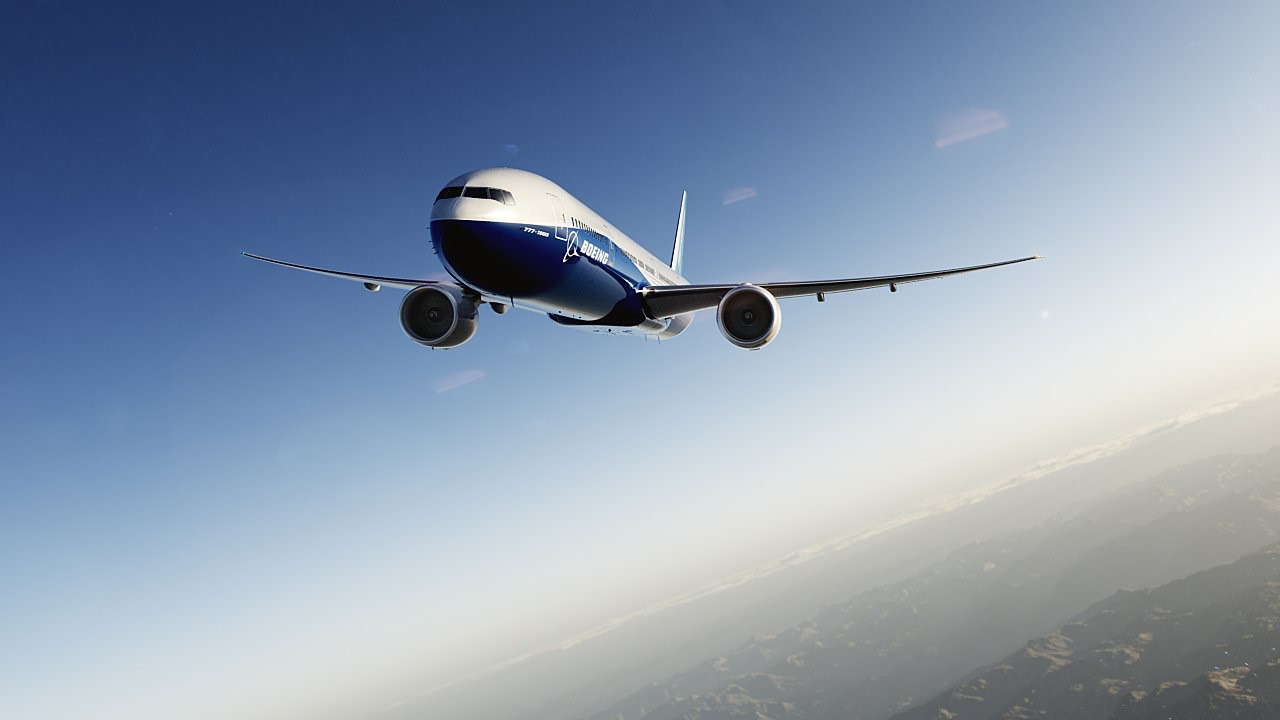
My globally acclaimed travel blog will return to its full previous glory in just a few months as I singlehandedly document every detail of my exceptional adventures in the exotic locales of France, Luxembourg, and the Netherlands! Experience the majesty and wonder of transcontinental travel and the unique, rustic charm of Europe from the safety and comfort of your computer, as I embark on a truly incredible journey.
Hayden’s Page 2017 goes LIVE with daily updates July 5, 2017!